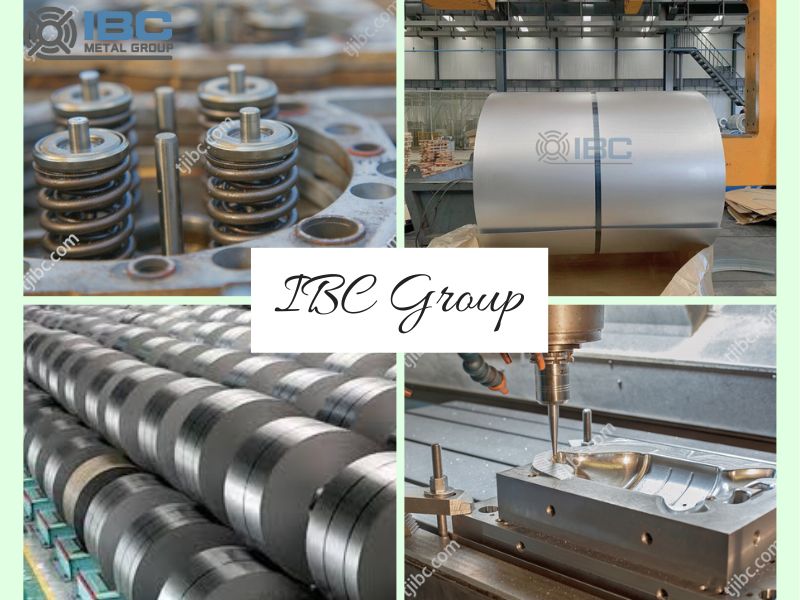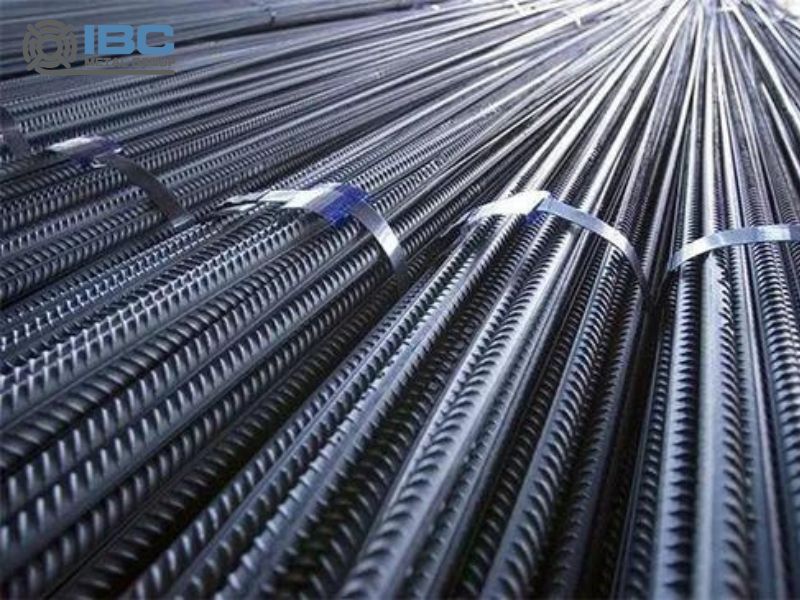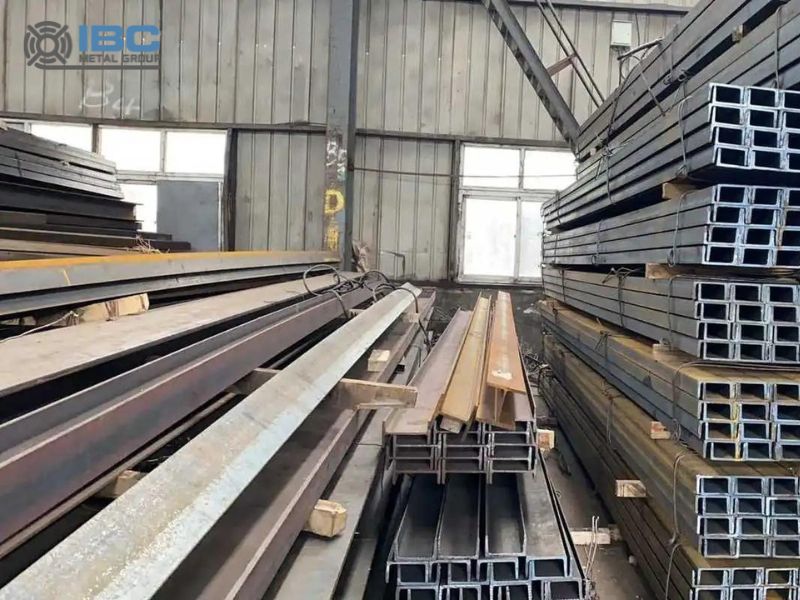As an important basic raw material of the national economy, steel market fluctuations have a profound impact on many industries. According to the data of the National Bureau of Statistics, in 2023, the demand for steel in machinery, automobiles, energy, shipbuilding, home appliances and other industries is growing. But the demand for steel in construction, hardware products, railways, bicycles and motorcycles, containers and other industries is declining.
It is expected that in 2024, with the continuous effect of expanding domestic demand and promoting consumption policies, traditional consumption of automobiles, especially new energy vehicles and home appliances, it is expected to continue to expand. And consumption of service industries will achieve structural growth.

Production Supply and Price Trend Analysis
In January-February 2024, crude steel production increased by 1.6% year-on-year, while pig iron production decreased by 0.6% year-on-year. This shows that in terms of steel production, while crude steel production has increased, pig iron production has declined. This may be due to the impact of environmental protection policies. With the continuous tightening of environmental protection policies and the increase of investment in technological innovation by steel enterprises. Steel production will be more efficient and environmentally friendly, but it may also bring about an increase in costs.
The trend of steel prices is affected by a variety of factors, including supply and demand, raw material costs and so on. On the demand side, steel demand is expected to continue to grow as infrastructure investment increases. On the supply side, steel companies need to face the pressure of environmental protection policies and rising production costs. The combination of these factors may lead to a certain increase in steel prices in 2024.

Import and Export Analysis
In terms of steel exports, steel exports are expected to continue to grow in 2024. This is due to the relatively low domestic steel prices, the international market for Chinese steel demand continues to increase. But at the same time, it is also necessary to pay attention to changes in the international trade environment and the impact of possible trade frictions on steel exports.
In terms of steel imports, some high-quality, high value-added steel products may still need to be imported from abroad. This is because of the improvement of the technical level of domestic steel enterprises and the tightening of environmental protection policies. At the same time, domestic steel enterprises also need to import raw materials to ensure the stability of production.

Future Outlook of Steel Market
In terms of market demand, with the recovery of downstream industries and the increase in infrastructure investment, steel demand is expected to continue to grow. In terms of production and supply, iron and steel enterprises need to face the pressure of environmental protection policies and the rise of production costs. And steel prices may rise to a certain extent. Moreover, steel exports are expected to continue to maintain growth, but it is necessary to pay attention to changes in the international trade environment and the impact of possible trade frictions.
In response to the above situation, steel enterprises should strengthen technological innovation and product research and development. Thus, enterprises can improve product quality and added value. At the same time, we will strengthen investment in environmental protection, energy conservation and emission reduction, and reduce production costs. In addition, it is also necessary to pay close attention to changes in the domestic and foreign steel market and policy adjustments. And actively adjust the business strategy and market layout to adapt to the changing needs of the market.

Contact with us today!



